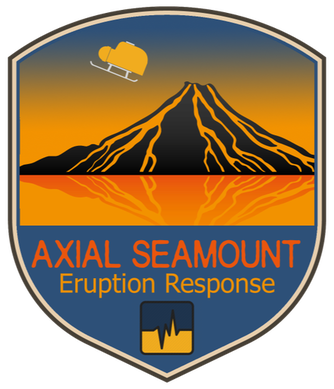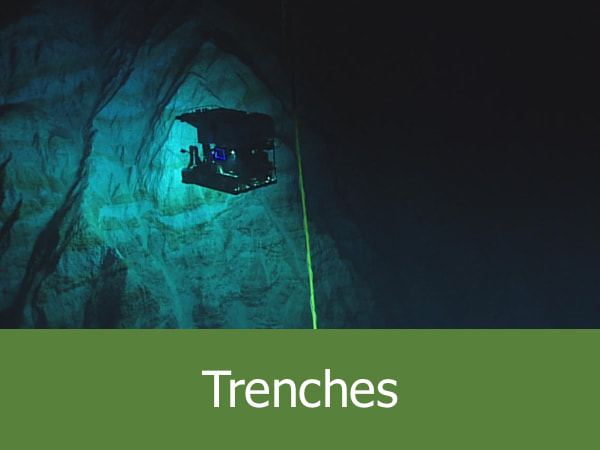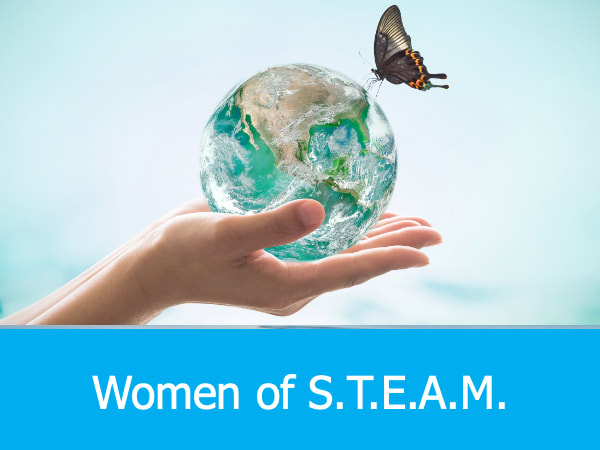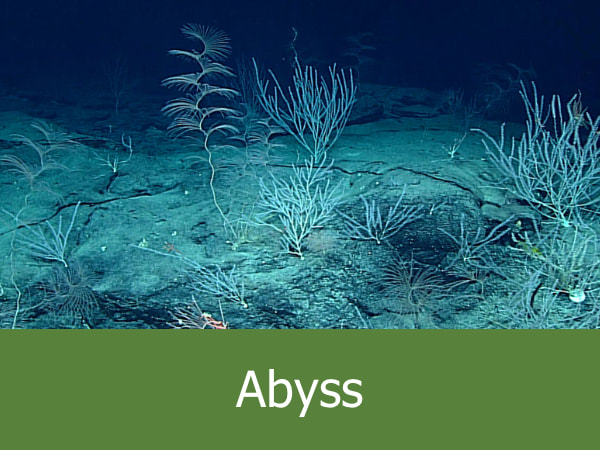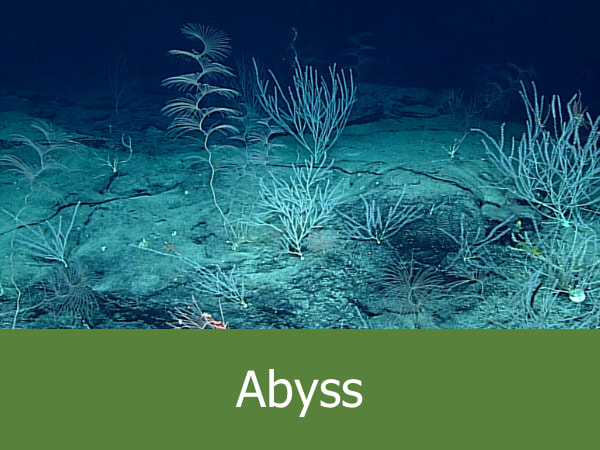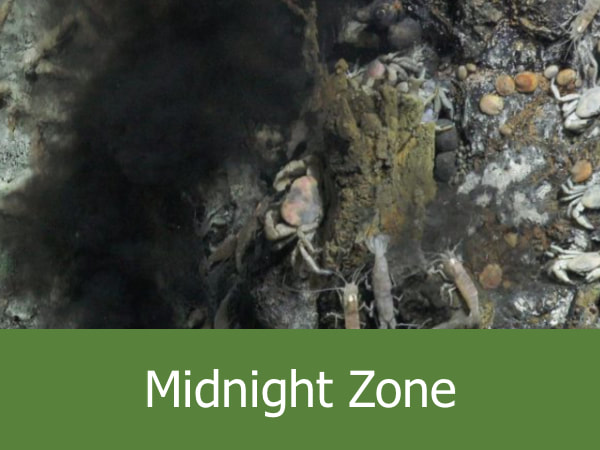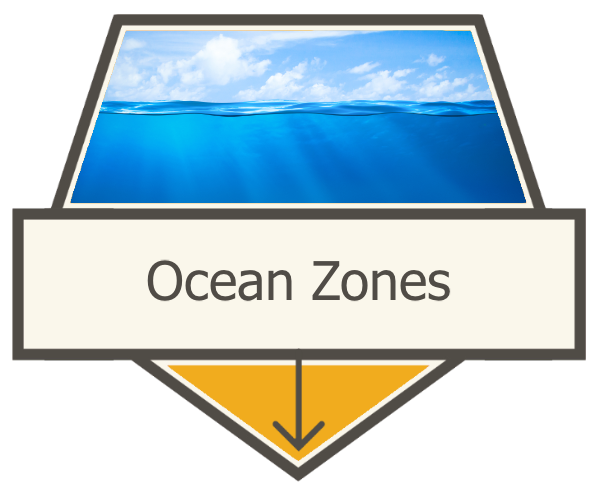Navigate:VIRTUAL EXPLORATIONS > ARCHIVED EXPLORATIONS > AXIAL SEAMOUNT ERUPTION RESPONSE
|
Part 10: Incubator ExperimentsGuest Contributor: Rachel Teasdale
Posted August 21, 2015: Yesterday, Dave Butterfield’s chemistry group began an incubator experiment in collaboration with microbiologists on board and at the Marine Biological Lab on shore. Typically, samples of hydrothermal vent fluids are collected from seafloor vents, are stored on board Jason for the remainder of the dive, then brought to the surface for analysis of the microbes. The pressure and temperature in the hot vents are much higher than on the sea surface and it’s not clear if the change in physical conditions impacts the microbes in the fluid samples. To test this, an incubator was installed on ROV Jason to collect samples and maintain their temperature while in the sample chambers on the seafloor. To simulate experiments that are usually completed onboard, samples will be “fed” nutrients and then filtered while in the incubator on Jason. A parallel set of (non-incubated) samples will be collected and brought to the surface. The same feeding and filtering experiments will be completed on the ship with water samples that have not gone through the incubator experiment process. The resulting microbial populations preserved on the filters from both the seafloor and ship-based sets of experiments will be compared to understand the effects of cooling and decreasing pressure on the microbes. Jim Holden has been investigating microbes at hydrothermal vents since he was in college in the late 1980’s. Now a professor at the University of Massachusetts at Amherst, Jim and his collaborators have focused on microbes at Axial Seamount. Microbes are single-cell organisms that grow from different sources of energy, or “food,” such as gases like hydrogen (H2), sulfides (S2-) and methane (CH4). Some of Jim’s students and projects investigate the specific microbes that live in hydrothermal fluids while other students work on projects that address industrial applications of microbes, such as their use in processing dairy waste. Such microbes break down the organic molecules in the waste and produce hydrogen (H2) that can be used for energy. High incubation temperatures used in this process kills pathogens and destroys antibiotics in the milk waste. Jim notes that one of the benefits of this work is that his field sites involve ice cream. Jim’s student Begüm Topçuoğlu’s research starts on the seafloor when ROV Jason collects samples from hydrothermal vents. Fluid samples are brought to the surface where Begüm prepares them for experiments she will complete in the labs at the University of Massachusetts. Her research addresses three aspects of microbial life in hydrothermal vent fluids. First, she counts the total number of microbes in each sample using a microscope. Second, she grows specific kinds of microbes by introducing specific nutrients to the water to feed them or grows them at different temperatures. Begüm can distinguish the microbes that produce methane (CH4) vs. those that produce hydrogen (H2) or sulfide (S2-). This indicates the number of microbes in different functional groups. In a third set of experiments, Begüm is looking at what limits the growth of certain organisms and whether microbes might help each other grow when nutrients are limited. Jim and Begüm will use the results of the incubator experiments and those completed on the ship to “ground truth” the experiments they run on specific microbes back home in the lab. |
|
About Oceanscape
The Oregon Coast Aquarium's Oceanscape Network is an educational program for youth designed to inspire curiosity in science, nature, conservation and outdoor exploration while providing valuable classroom resources for educators. MORE.
Quick Links
|
Finding the Aquarium
Oceanscape Network © 2023 by the Oregon Coast Aquarium. All rights reserved.
|

